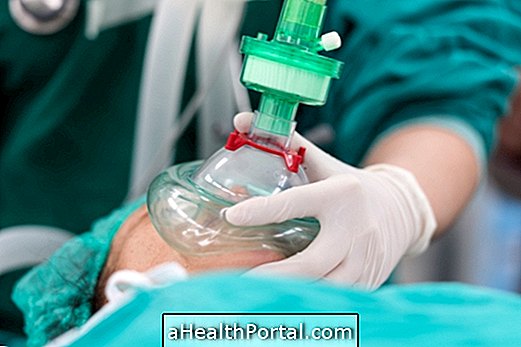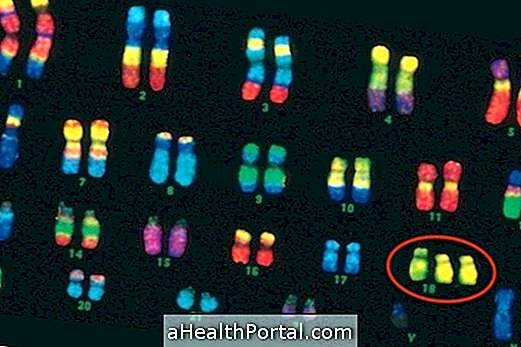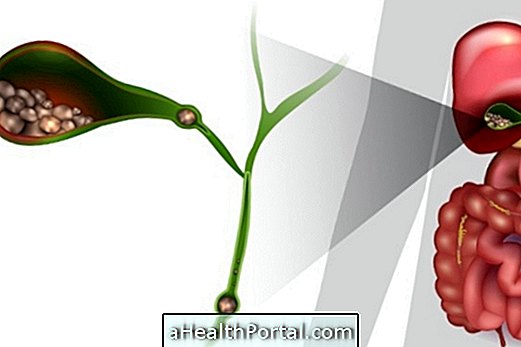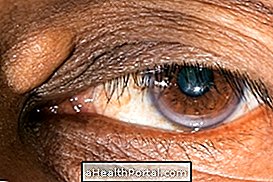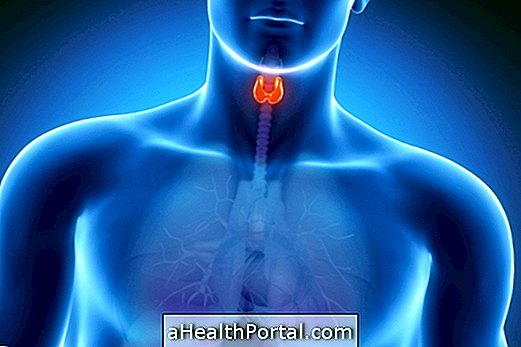Physical therapy is very important for the complete recovery of facial movements, in case of Bell's facial paralysis. In this case, the physical therapy treatment can rely especially on the exercises, which are fundamental for a faster and more complete recovery.
Exercises should be performed every day, preferably in front of the mirror, for greater body awareness and should start with little repetition and with a longer contraction, and after a few days of treatment, one can increase the number of repetitions and decrease the time of each contraction.


In physical therapy, the physiotherapist may indicate some facial mime exercises, such as:
- Open and close your eyes tightly;
- Try to raise eyebrows;
- Bring the eyebrows together, forming vertical wrinkles;
- Frown the forehead causing horizontal wrinkles to appear on the forehead;
- Smiling hard, showing teeth and without showing teeth;
- Give a 'yellow smile';
- Tighten your teeth tightly;
- Make a 'pout';
- Put a pen in your mouth and try to draw a picture on a sheet of paper;
- Close your lips as if you wanted to 'kiss';
- Open your mouth as much as you can;
- Frowning, as if smelling a bad smell;
- Make soap bubbles;
- Fill balloons;
- To make faces;
- Try to open the nostrils.
During these exercises the physiotherapist may use an ice cube wrapped in a napkin sheet to slide over the paralyzed area as a stimulus for muscle contraction. To help the person to contract, the therapist can help the movement by placing 2 or 3 fingers on the face, which are then removed so that the person can maintain the contraction properly.
See the other forms of treatment available for Bell's palsy.
How long does recovery take
The complete recovery should happen in approximately 3 to 4 months, and as soon as physical therapy is started some advances may be noticed. About 15% of people who have this peripheral facial paralysis do not completely recover, and may need to use botox or have surgery months later.
Because exercises help
These exercises will gradually strengthen the facial muscles, and should be started 3 weeks after discovering Bell's palsy, because before that, it is very likely that the person will not be able to perform any type of contraction of the muscles of the face.


These exercises can be performed at home, and help in the recovery of face paralysis, but the physiotherapist may indicate other exercises that are more indicated if there are other needs. The number of repetitions should also be indicated by the therapist, according to the need that each person presents, so the treatment is always individualized.
Other physiotherapy techniques
In addition to the exercises you can also use other treatment strategies such as massage performed with the index finger (outside the cheek) and the thumb (inside the cheek) to do a muscle relaxation or to stretch the affected muscles . Before the massage, a warm compress can be used in the affected area for about 10 minutes.


